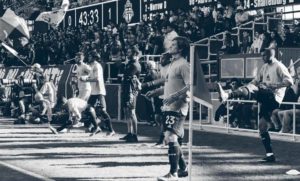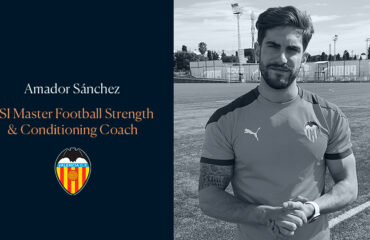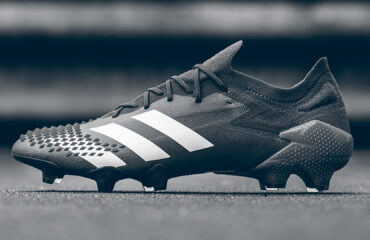1. The prevalence and practices of caffeine use as an ergogenic aid in English professional soccer.
Tallis J, Clarke N, Morris R, Richardson D, Ellis M, Eyre E, Duncan M, Noon M.
Center for Sport, Exercise and Life Sciences, Alison Gingell Building, Coventry University, Priory Street, Coventry CV1 5FB, UK.
Representatives of 36 clubs from the top four tiers of English professional football (40%) completed an online survey. 97% indicated that caffeine is provided to players as a means of improving performance, most commonly administered prior to and during a game, with a broad range and lack of consistency in the timing, dose and mode of administration, and doses were typically low, showing a translational gap between science and practice.
Biol Sport. 2021 Mar;38(1):525-534. doi: 10.5114/biolsport.2021.101125. Epub 2021 Jan 14.
2. Players’ physical performance in LaLiga across the season: insights for competition continuation after COVID-19.
de Souza DB, González-García J, Campo RL, Resta R, Buldú JM, Wilk M, Coso JD.
Exercise Physiology Laboratory, Camilo José Cela University, Madrid, Spain.
Analysis of four seasons of LaLiga (from 2015-2016 to 2018-2019) revealed that players’ physical performance (total and high-speed running distances) was lower at the beginning of the season and the teams needed approximately 8-10 matchdays to reach a steady state running performance.
Biol Sport. 2021 Mar;38(1):3-7. doi: 10.5114/biolsport.2020.96856. Epub 2020 Jul 31.
3. Using Submaximal Exercise Heart Rate for Monitoring Cardiorespiratory Fitness Changes in Professional Soccer Players: A Replication Study.
Altmann S, Neumann R, Härtel S, Woll A, Buchheit M.
97 professional soccer players from Germany completed incremental tests to determine HR12km/h and v4mmol/L, showing that 4.5% changes in HR12km/h on 3-minute submaximal runs tests are indicative of true substantial fitness changes, with 60% to 78% accuracy, indicating that these submaximal run tests are a good alternative to lactate speed tests for fitness assessment.
Int J Sports Physiol Perform. 2021 Mar 31:1-7. doi: 10.1123/ijspp.2020-0554. Online ahead of print.
4. How does spectator presence affect football? Home advantage remains in European top-class football matches played without spectators during the COVID-19 pandemic.
Wunderlich F, Weigelt M, Rein R, Memmert D.
German Sports University Cologne, Cologne, Germany.
Using the exceptional opportunity caused by the COVID-19 pandemic, more than 1,000 professional matches without spectators across the main European football leagues were analyzed. Results support the notion of a crowd-induced referee bias, as the increased sanctioning of fouls, yellow cards, and red cards to away teams disappears in the absence of spectators. Moreover, the match dominance (shots and shots on target) of home teams decreases significantly. But, in terms of the home advantage itself in match results, surprisingly, only a non-significant decrease was found, indicating that spectators do not seem to be the main driving factor of the home advantage, and that this is not significantly affected by the decrease in refereeing bias and shots to goal with no spectators.
PLoS One. 2021 Mar 31;16(3):e0248590. doi: 10.1371/journal.pone.0248590. eCollection 2021.
5. Timing return-to-competition: a prospective registration of 45 different types of severe injuries in Germany’s highest football league.
Krutsch W, Memmel C, Alt V, Krutsch V, Tröß T, Aus der Fünten K, Meyer T.
Department of Trauma Surgery, University Medical Centre Regensburg, Franz-Josef-Strauss-Allee 11, 93053, Regensburg, Germany. werner.krutsch@ukr.de.
This analysis includes severe injuries sustained by players of the first German football league during the seasons 2014-2015 to 2017-2018: 165 per season and 9.2 per season per team. The body region most frequently affected by severe injury was the knee (30%) followed by the thigh (26.4%) and the ankle (16.7%), showing a trend for ACL ruptures to mainly occur at the beginning of a season (45.8%), overuse syndromes during the winter months, and severe muscle and ankle injuries at the end of a season. This study also provides information on the typical time loss due to these specific severe football injuries, which may serve as a guideline.
Arch Orthop Trauma Surg. 2021 Mar 29. doi: 10.1007/s00402-021-03854-8. Online ahead of print.





